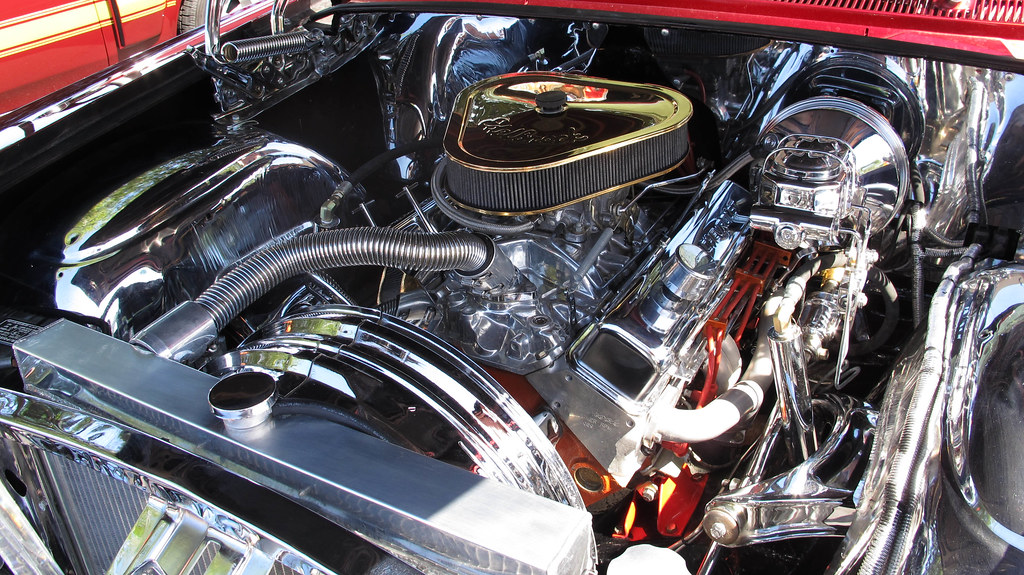
There are few sensations quite as visceral, as deeply ingrained in the automotive soul, as the raw, untamed symphony emanating from a powerful engine. It’s more than just noise; it’s a language, a declaration of intent, and for many of us, a source of pure, unadulterated joy. Like the goosebumps that come during the climax of your favorite song, the sounds from an engine can elicit that same unconscious flood of adrenaline, stirring something primal within. We’re not just talking about the gentle hum of everyday transport here; we’re diving headfirst into the magnificent roar, the intoxicating burble, and the high-pitched wail that truly make a machine feel alive.
Today, we’re pulling back the curtain on the very essence of these mechanical orchestras. Forget vague descriptions; we’re going to explore the cold, hard physics and intricate engineering that sculpt these beloved auditory experiences. This isn’t just about admiring a beautiful exhaust note; it’s about understanding *how* it’s made, *why* certain engines sound the way they do, and what truly differentiates one mechanical masterpiece from another. It’s a complex subject, but one that promises to deepen your appreciation for the magnificent machines we adore.
Our guide on this sonic journey is Steve Balistreri, an engi-nerd from Detroit with around 20 years of experience in automotive NVH – that’s Noise, Vibration, and Harshness for the uninitiated. Steve has tested thousands of vehicles from almost every manufacturer, always finding it fascinating when mathematics and physics can not only capture, but explain and change the physical phenomena we experience when we drive a car. He’s here to reveal how these complicated assemblies of metal and plastic gain a soul through their vibro-acoustic expression, ensuring we leave with a deeper appreciation for the art and science of engine sounds.
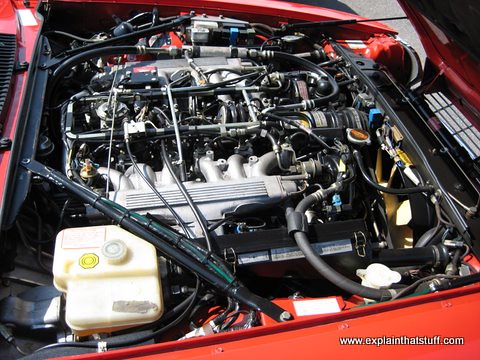
1. **The Deep Dive into Engine Sound Science: An NVH Engineer’s Perspective**The allure of an engine’s sound is undeniable, tapping into feelings deep within our psyche. As Steve Balistreri puts it, the sensations we gearheads receive from the combustion process activate these profound emotions. For two decades, his work in automotive NVH has focused on precisely understanding and quantifying these experiences, allowing him to explain the intricate relationship between engineering, physics, and the sheer exhilaration of a car’s acoustic signature. It’s a field where passion meets precision, translating abstract concepts into tangible, audible realities.
His expertise lies in dissecting the complex symphony an engine produces, breaking it down into its constituent parts to reveal the underlying mechanisms. This isn’t just about subjective listening; it’s about rigorous scientific method. Steve’s journey has involved meticulously measuring and analyzing sounds under the most controlled conditions, from anechoic chambers costing millions of dollars to specially quantified test tracks across the country. Such dedication ensures that every piece of data contributes to a clearer understanding of what makes an engine sing.
This scientific approach, drilled into his brain over 20 years, allows engineers to move beyond guesswork. It provides the tools to not only appreciate the magnificent output of an engine but to truly comprehend its genesis. By exploring the physics that gives an engine its unique sound signature, including the effects of headers, exhausts, and intake noise, we embark on a quest for knowledge that transforms simple appreciation into profound understanding. It’s about revealing the soul of the machine through its vibro-acoustic expression.
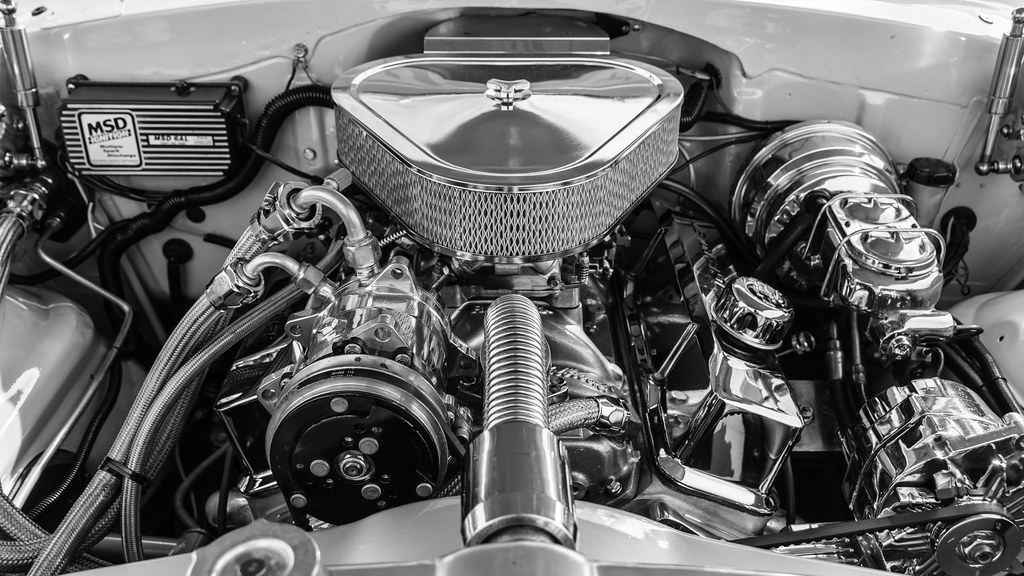
2. **Simulating Engine Sounds: The Power of Real-Time Physics**When embarking on a project to analyze engine sounds with scientific rigor, the challenge of finding consistent, high-quality recordings is immense. Imagine scouring the internet for weeks, only to find recordings influenced by varying exhaust setups, microphone types, distances, environmental echoes, wind noise, tire noise, or even random crowd sounds and crashing Mustangs in the background. As Steve describes, trying to achieve a clean and true A to B comparison would be like “finding two needles in a haystack in the middle of a tornado.”
Fortunately, a groundbreaking solution emerged in AngeTheGreat’s engine sound simulator. Initially, the idea of a simulator might evoke skepticism, but Ange’s creation quickly dispelled any doubts. This isn’t just a pretty animation; it’s a live rigid body simulation that calculates complex physics in real time. It delves deep, performing fluid dynamics computations, flame propagation, inertia, friction, and airflow calculations, making one’s head spin just looking at all the variables involved in modeling an engine.
The true brilliance of this simulator lies in its ability to model the resulting pressure wave sent through the exhaust system – which, fundamentally, is the sound itself. Steve can modify all sorts of parameters on the fly, observing their precise effects, a feat impossible with real-world testing alone. Ange, a programmer, YouTuber, and gearhead, started this project out of frustration with unrealistic engine sounds in video games, leveraging his hands-on experience in physically building engines. This simulator provides an invaluable tool for true A to B comparisons, free from external variables, allowing us to truly focus on the engine’s inherent sound.
Car Model Information: 2016 Ford Mustang GT
Name: Ford Mustang
Caption: 2018 Ford Mustang GT 5.0
Aka: Ford T5 (Germany)
Manufacturer: Ford Motor Company
Production: March 1964 – present
ModelYears: 1965–present
Class: Unbulleted list
BodyStyle: Unbulleted list
Layout: Front-engine, rear-wheel-drive layout
Categories: 1970s cars, 1980s cars, 1990s cars, 2+2 coupés, 2000s cars
Summary: The Ford Mustang is an American automobile manufactured and marketed by Ford since 1964, as Ford’s longest nameplate in continuous production. Currently in its seventh generation, it is the fifth-best selling Ford car nameplate. The namesake of the “pony car” automobile segment, the Mustang was developed as a highly styled line of sporty coupes and convertibles derived from existing model lines, initially distinguished by its pronounced “long hood, short deck” proportions.
Originally predicted to sell 100,000 vehicles yearly, the 1965 Mustang became the most successful vehicle launch since the 1927 Model A. Introduced on April 17, 1964 (16 days after the Plymouth Barracuda), over 400,000 units were sold in its first year; the one-millionth Mustang was sold within two years of its launch. In August 2018, Ford produced the 10-millionth Mustang; matching the first 1965 Mustang, the vehicle was a 2019 Wimbledon White convertible with a V8 engine.
The success of the Mustang launch led to multiple competitors from other American manufacturers, including the Chevrolet Camaro and Pontiac Firebird (1967), AMC Javelin (1968), and Dodge Challenger (1970). It also competed with the Plymouth Barracuda, which was launched around the same time. The Mustang also had an effect on designs of coupes worldwide, leading to the marketing of the Toyota Celica and Ford Capri in the United States (the latter, by Lincoln-Mercury). The Mercury Cougar was launched in 1967 as a unique-bodied higher-trim alternative to the Mustang; during the 1970s, it included more features and was marketed as a personal luxury car.
From 1965 until 2004, the Mustang shared chassis commonality with other Ford model lines, staying rear-wheel-drive throughout its production. From 1965 to 1973, the Mustang was derived from the 1960 Ford Falcon compact. From 1974 until 1978, the Mustang (denoted Mustang II) was a longer-wheelbase version of the Ford Pinto. From 1979 until 2004, the Mustang shared its Fox platform chassis with 14 other Ford vehicles (becoming the final one to use the Fox architecture). Since 2005, the Mustang has used the D2C platform, unique to the Mustang.
Through its production, multiple nameplates have been associated with the Ford Mustang series, including GT, Mach 1, Boss 302/429, Cobra (separate from Shelby Cobra), and Bullitt, along with “5.0” fender badging (denoting 4.9 L OHV or 5.0 L DOHC V8 engines).
Get more information about: Ford Mustang
Buying a high-performing used car >>>
Brand: Ford Model: Mustang
Price: $29,261 Mileage: 24,710 mi.
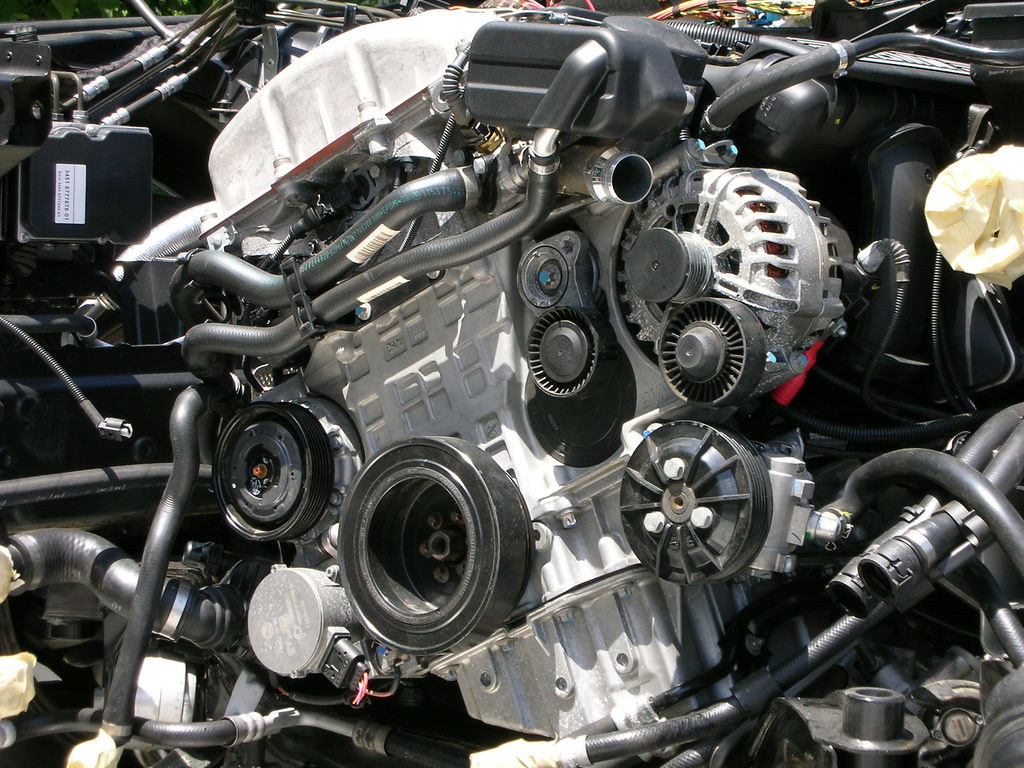
3. **Demystifying “Orders”: The Language of Engine Noise Analysis**To truly grasp the intricate language of engine sounds, we first need to understand a fundamental concept in NVH engineering: ‘orders.’ Imagine a complex sound wave, a jumble of frequencies all scrunched together. Luckily for us, the frequencies generated by rotating components within an engine or transmission can be easily calculated and tracked using something called “order analysis.” This powerful tool allows us to interpret the distinct signatures of various motors.
Let’s simplify this with a relatable example: consider a gear with 10 teeth. Every rotation of this gear results in 10 distinct, evenly spaced “events” or impacts, generating noise and vibration. This occurs each time a gear tooth meshes and unmeshes with another. If this gear spins at 600 RPM, which translates to 10 rotations per second, it would create a noise at 100 Hz. Hertz, as you know, is the unit of measurement for frequency, representing the number of cycles or waves per second.
In the world of NVH, we would refer to this as 10th order noise, because there are 10 such events per revolution of that gear. The math elegantly supports this: 600 RPM divided by 60 seconds gives us 10 rotations per second. Then, multiplying those 10 rotations per second by the 10 events per rotation yields a 100 Hz sound or vibration. This method provides a clear, standardized way to describe the origin of a specific sound, linking it directly to the rotational dynamics of a component.
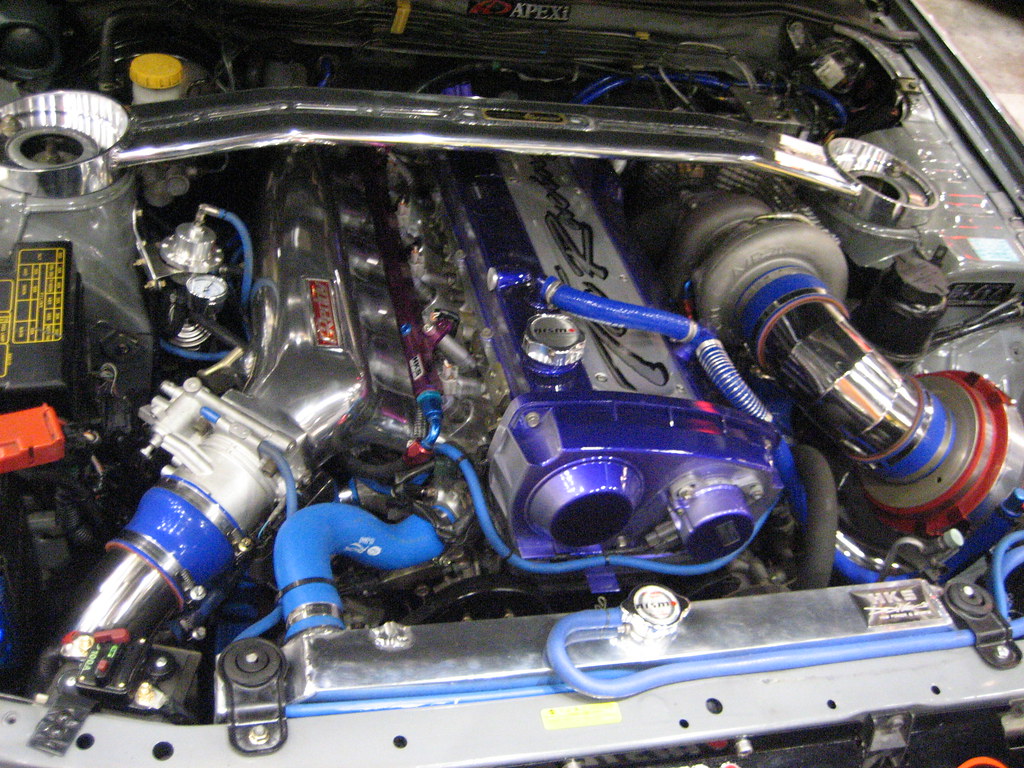
4. **Orders vs. Frequency: Tracking Engine Events**While frequency measures oscillations per second, orders provide a more stable and insightful metric when dealing with rotating components. To illustrate this difference, let’s conjure another image: a six-bladed fan whirring away on your desk. If, for purely academic reasons, you were to stick your finger into that fan (please, don’t try this at home!), your digit would be struck six times per rotation. This creates what we call a sixth order noise, directly tied to the number of events per rotation.
Now, if you were to adjust the fan’s speed from low to high, the *frequency* of the impacts would certainly increase, as your finger is being smacked more times per second. However, crucially, it’s still being hit six times per fan rotation. Therefore, the noise remains 6th order, regardless of the fan’s RPM. This distinction is vital in automotive analysis, where engine speeds are constantly fluctuating.
In real-world scenarios, the RPMs of test subjects—be they engines, transmissions, axles, or electric motors—are constantly in flux. If we relied solely on frequency, tracing a noise at, say, 578 Hz in an automatic transmission to its source amidst dozens of whirring gears would be incredibly difficult. Every change in RPM would necessitate fresh calculations. By indexing measurements and plotting graphs against RPM instead of frequency, we eliminate this variability. This allows engineers to confidently identify the source of complex noise events, such as an idler shaft being out of balance or a specific gear being out of round, by simply tracking its order.
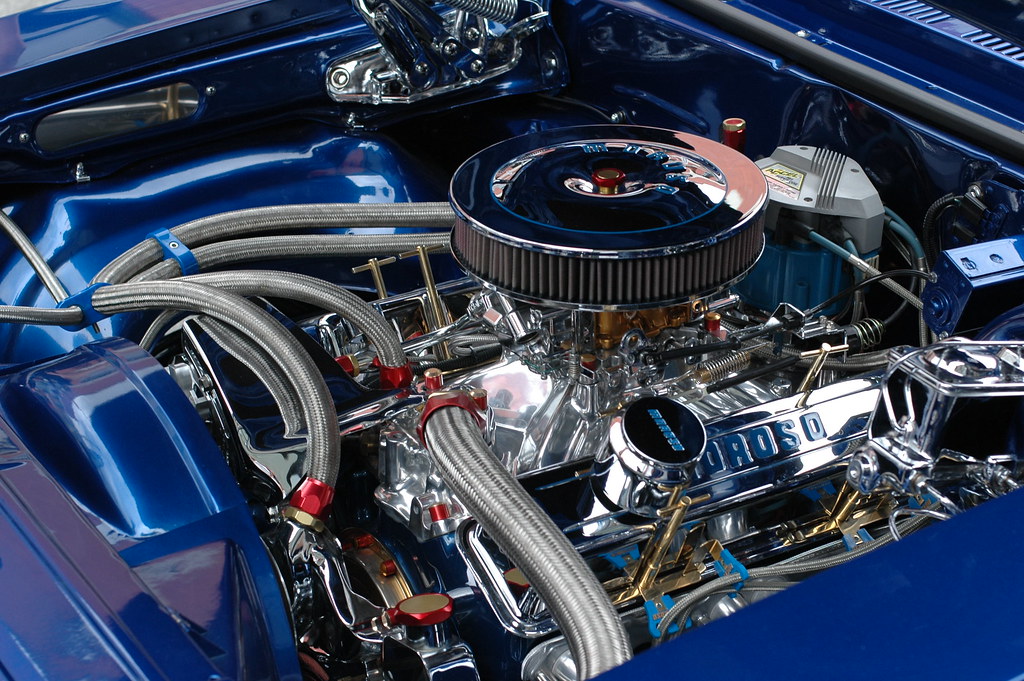
5. **Visualizing Sound: Waterfall Plots and Order Spectrums**Now, let’s talk about how these complex sound data points are visually presented to make sense of the intricate symphony an engine produces. The most striking of these visual tools are the colorful plots, often likened to a “black light tapestry hanging next to the Sublime poster in your cousin’s dorm room.” These are known as waterfall plots or color maps, depending on preference, and they offer a comprehensive visual picture of sound levels across an entire RPM range.
In these fascinating plots, the vertical Y-axis represents RPM, while the horizontal X-axis can display either frequency or order. The vibrant colors themselves convey the loudness of the noise at any given point, measured in decibels (dB). This sophisticated process, which takes a raw sound wave and deconstructs it into its component frequencies, is called a Fast Fourier Transform, or FFT. Consequently, the frequency spectrums derived from this process are frequently referred to as FFT spectrums, providing a rich tapestry of an engine’s acoustic output.
The order plots present the same rich data as the frequency plots but with a crucial difference in the X-axis. In an order plot, sounds directly related to engine rotation (like the firing frequency) appear as straight vertical lines, making their origin and characteristics incredibly clear. Conversely, in a frequency plot, these same engine orders manifest as diagonal lines because their frequencies naturally increase with RPM. Noises with a constant frequency, however, appear as straight vertical lines in the frequency spectrum, while they curve in the order spectrum due to the warping of the axis. This dual visualization offers engineers unparalleled insight into the complex auditory world of engines. Another powerful visualization is the order plot that eliminates the RPM axis, essentially showing the average decibel level of each order across the entire RPM ramp. Imagine viewing a mountain range from an airplane (the order spectrum plot); this plot is like seeing it from the ground, with each order standing up like a distinct peak of sound. It’s incredibly useful because it allows for direct comparisons of multiple engines on the same graph, a feat not possible with a waterfall plot alone. To tie it back to engines, the distinctive musical ‘chord’ of your favorite engine sound is ultimately created by the combination of these various orders, representing the regular pressure pulses from pistons pushing exhaust gases.
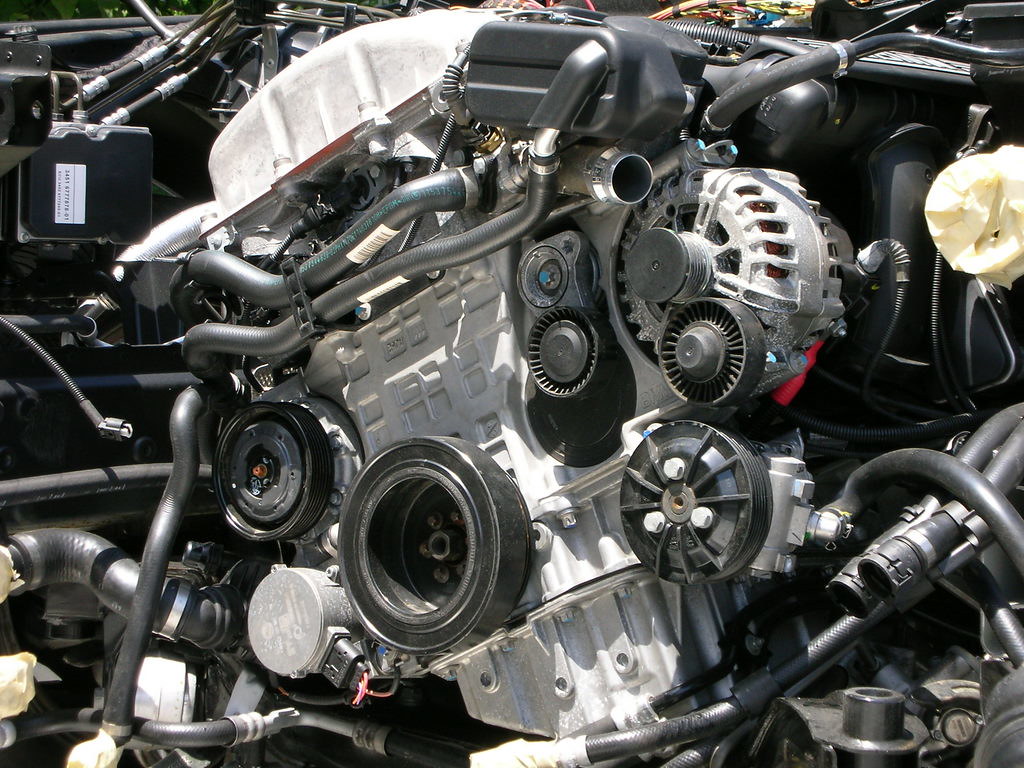
6. **The Core Difference: Combustion Noise vs. Exhaust Noise**Prepare for a revelation that might surprise some of you: the deep, resonant baritone roar of your cherished muscle car is *not* actually the sound of fuel igniting within its V8 cylinders. The ignition of the air-fuel mixture creates what’s known as combustion noise, which is a fundamentally different beast from the glorious exhaust noise we all adore. In fact, if you were to isolate it, combustion noise itself sounds pretty annoying, often described as a high-frequency roar, almost akin to white or static noise.
When standing next to your car, combustion noise is significantly quieter compared to the exhaust and intake sounds. This makes perfect sense when you consider where it originates: deep inside a heavy, tightly sealed hunk of metal. You can indeed hear it if you stick your head under the hood – it’s a distinct sound. Unlike the relatively low-frequency tones (mostly under 1500 Hz) of exhaust noise that dramatically change with RPM, combustion noise is characterized by its higher frequencies, typically between 1000 and 4000 Hz, and is what NVH engineers term “broadband noise,” largely unaffected by changes in engine speed.
Combustion noise arises during the ‘explod-y’ part of the engine cycle. As the piston compresses the air/fuel mixture within the cylinder, a spark ignites it, causing a dramatic and sudden increase in pressure. This creates a high-level dynamic load on the piston and the combustion chamber walls, with pressure waves ricocheting around the cylinder. While these forces ultimately propel your vehicle, the resulting vibration from these pressure waves is largely absorbed by the engine’s stiff components like the block, pistons, and crankshaft. Because these parts have high natural frequencies, they absorb the low and mid-frequency vibrations, allowing only the high-frequency vibrations to radiate off the engine’s surface as what we perceive as combustion noise. So, while crucial to power, it’s not the signature music we crave.
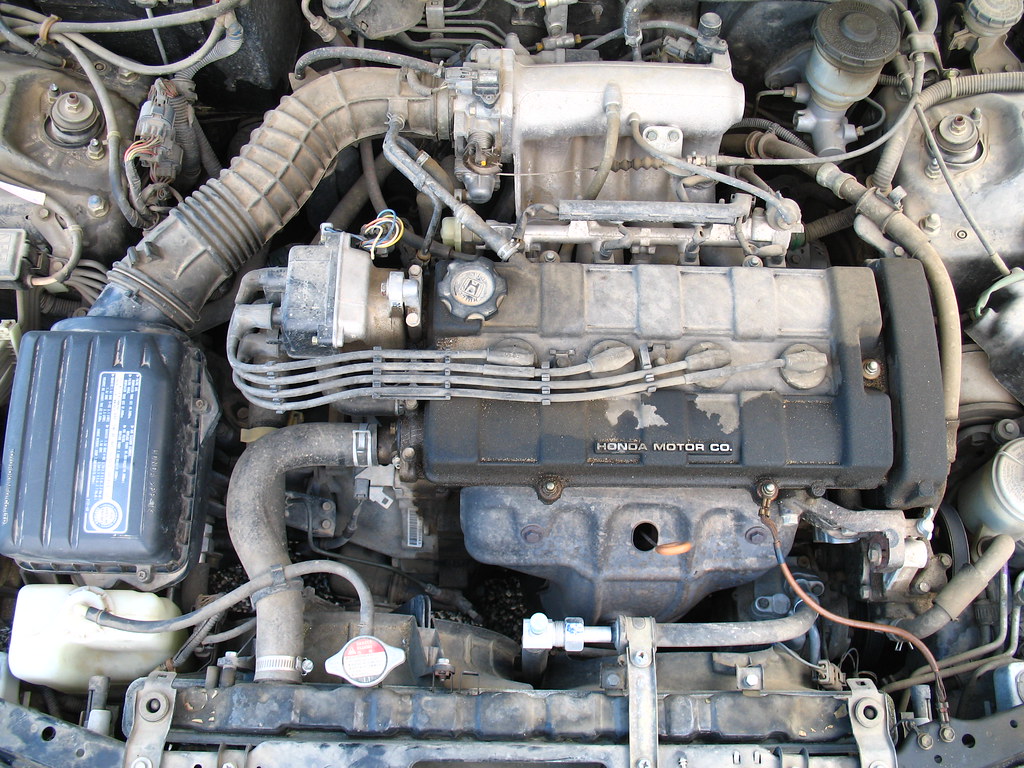
7. **All About Exhaust Noise: The Engine’s Root Note**With the foundational physics of noise and vibration firmly established, let’s finally delve into the good stuff: exhaust noise. This is the heart of what gives an engine its iconic voice, the very ‘musical chord’ that car enthusiasts recognize and adore from a mile away. Just like a guitar or piano chord begins with its ‘root note,’ the distinctive sounds streaming from your tailpipe are built upon fundamental frequencies, born from the engine’s inherent exhaust pulses.
Our expert Steve Balistreri emphasizes that while headers and exhaust systems undeniably transform an engine’s noise, they all start with a base set of frequencies unique to their exhaust pulses. To truly isolate and understand this fundamental chord, Steve utilized Ange’s engine sound simulator to remove the effects of the exhaust and headers. This allows us to simulate what these engines would sound like if their exhaust pulses were simply expelled into the atmosphere right from the cylinder heads.
While this simulation might sound a bit ‘wonky’ with lots of annoying high-frequency noise – much like a real engine running without any headers – it’s a crucial step in dissecting the pure, unadulterated acoustic signature. By stripping away external influences, we can precisely determine the core frequencies that lay the groundwork for that unmistakable engine character we all chase.
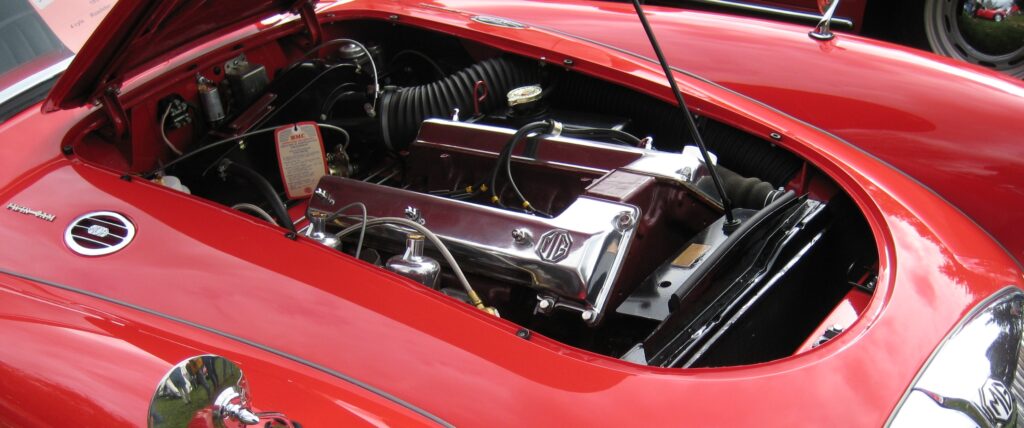
8. **Single-Cylinder Engine Foundations: Two-Stroke vs. Four-Stroke**To unravel the physics behind these root notes, we’ll start with the simplest form: single-cylinder engines. This approach eliminates extraneous variables and allows us to extrapolate the principles to more complex multi-cylinder configurations. Our initial comparison will be between a two-stroke and a four-stroke single-cylinder engine, fundamental differences that dramatically sculpt their sonic output.
Almost all modern car engines are four-stroke, meaning their complete combustion cycle—intake, compression, combustion, and exhaust—unfolds over two full rotations of the crankshaft, a full 720 degrees. Each piston stroke is a distinct upward or downward movement. In this cycle, the piston descends for intake, rises for compression, descends for combustion, and then rises again for exhaust. A two-stroke engine, by contrast, crams all these critical events into just one crankshaft rotation, with intake and exhaust occurring during the same piston stroke.
This fundamental difference dictates the primary noise order. A one-cylinder, two-stroke engine produces one exhaust pulse per rotation of the crankshaft, making its primary noise a first order (1 pulse / 1 RPM) phenomenon. Conversely, a one-cylinder, four-stroke engine delivers one exhaust pulse every two engine rotations, resulting in a primary order of 0.5 (1 pulse / 2 RPM). As engine RPMs fluctuate, the frequency of these ‘explosions’ changes, but that precise 0.5th order mathematical link to the RPM remains constant, defining its core identity.
Visualizing these ignition events through spark plug pulses per degree of crank rotation further clarifies this. The two-stroke shows one event per RPM, while the four-stroke exhibits one every two RPM, as clearly illustrated in the provided diagrams where the two-stroke pulses (red) occur more frequently than the four-stroke pulses (blue). Simulating these engines from 2000 to 10,000 RPM, without headers or exhaust, reveals that the four-stroke engine displays more ‘lines’ or orders, which are higher order, high-frequency lines known as harmonics. For the two-stroke, the base order is one, with harmonics being multiples (1, 2, 3, etc.), while the four-stroke’s base order of 0.5 generates harmonics at 0.5, 1, 1.5, 2, and so on. This contrast is vividly depicted in the order spectrum plot, with the two-stroke showing its first peak at 1st order and the four-stroke at 0.5th order, each with their respective harmonic progressions.
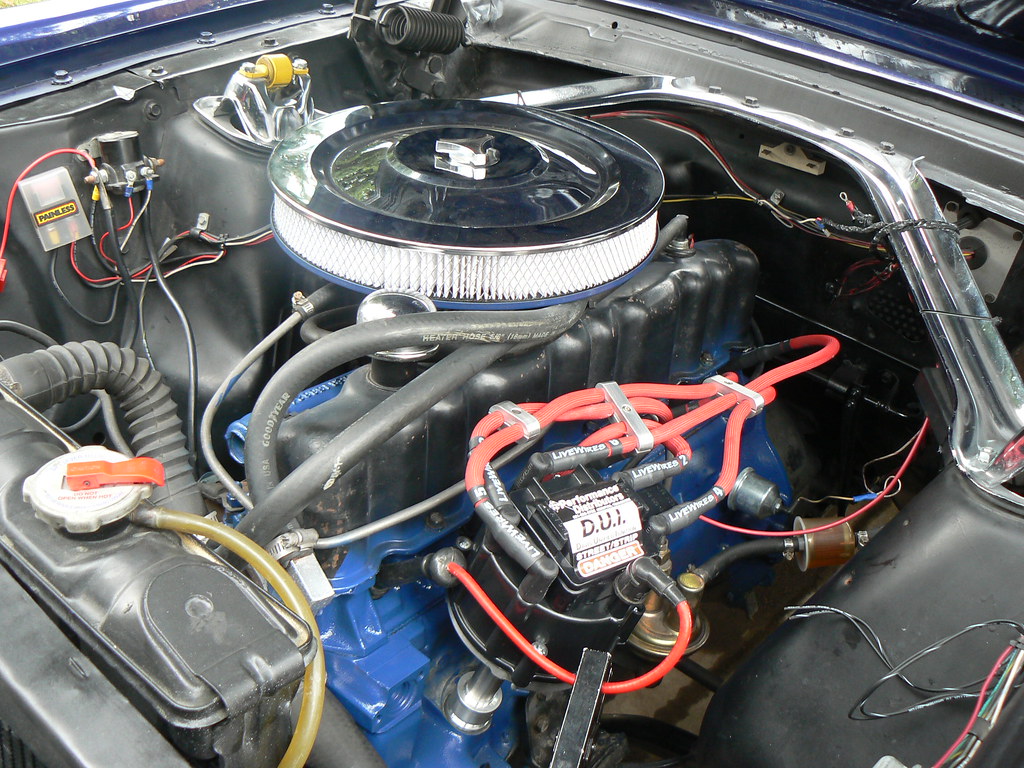
9. **Expanding the Symphony: Multi-Cylinder Inline Engines**Having established the single-cylinder fundamentals, our sonic journey now adds more cylinders to the mix, observing how the engine’s core sound begins to evolve. We’ll start with an inline twin, or two-cylinder engine. An inline configuration is chosen over V-twins or flat-twins at this stage because those often introduce uneven firing intervals, which can create complex, ‘funky’ order patterns—a topic for a later, equally fascinating discussion on engines like those found in Harleys.
For an inline twin with its evenly spaced firing interval, a combustion event occurs once per rotation of the crankshaft. This means its primary, foundational root tone is 1st order, generating harmonics at every integer order above that (1, 2, 3, 4, 5, and so forth). The order plot clearly illustrates these distinct peaks, showcasing the predictable progression of sound frequencies as more cylinders are harmoniously added to the equation.
Moving up the cylinder count, the inline three-cylinder engine (such as the G16EGTS Toyota engine) fires every 240 degrees of crankshaft rotation (720 degrees / 3 cylinders = 240 degrees). This rhythmic firing pattern results in a 1.5th order root tone, with subsequent harmonics appearing at 3, 4.5, and 6, as shown by the red trace in the order plot. Following this, the inline four-cylinder (like the 1.8L BP-ZE Miata engine) boasts two combustion events per rotation, establishing a 2nd order root tone with harmonics at 4, 6, and 8, visible in blue. The inline five-cylinder (e.g., the 2.5L Audi engine) continues this captivating pattern with a 2.5th order root tone and harmonics at 5 and 7.5, marked in green. It’s a clear, elegant progression: the root tone for a four-stroke engine consistently corresponds to half its cylinder count, with harmonics being precise multiples of that fundamental tone. This underlying mathematical beauty is what structures the unique sonic character of each engine, a pattern made delightfully apparent in the engine runups visualized in the color maps.
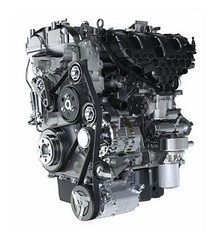
10. **The Battle of Legends: Inline Six vs. V8 Roar**Our exploration of cylinder counts brings us to two iconic powerhouses: the venerable BMW M52B28 inline six and the legendary GM LS V8. Each represents a pinnacle of engineering, delivering distinct, cherished auditory experiences that captivate enthusiasts worldwide. Understanding their fundamental differences in exhaust pulse timing is key to appreciating their unique sonic signatures.
For the inline six, an exhaust pulse is emitted every 120 degrees of engine rotation, which translates to three pulses per crankshaft rotation. This precise timing establishes a primary, third-order root tone, with powerful harmonics echoing at 6th and 9th order. To put this into a more tangible auditory context: at a smooth 600 RPM idle, the main frequencies would resonate at 30, 60, and 90 Hz. Push the engine to a thrilling 6000 RPM, and those frequencies would escalate to 300, 600, and 900 Hz, creating a sophisticated, often smooth and refined symphony.
The V8, on the other hand, operates with an exhaust pulse every 90 degrees, resulting in a robust four pulses per engine rotation. This creates a dominant 4th order primary tone, accompanied by commanding harmonics at 8th and 12th order. At that same 600 RPM idle, the V8’s main frequencies would assert themselves at 40, 80, and 120 Hz, building a deep, guttural rumble that is instantly recognizable. Crank it up to 6000 RPM, and those frequencies climb to 400, 800, and 1200 Hz, unleashing the signature, intoxicating roar that has defined generations of performance vehicles. This unique combination of frequencies, this distinct ‘musical chord,’ is the very essence of what makes each engine’s sound unmistakable.
Read more about: Buckle Up! These Are the 10 Most Absolutely Rad American Car Names of All Time That Still Give Us Chills!
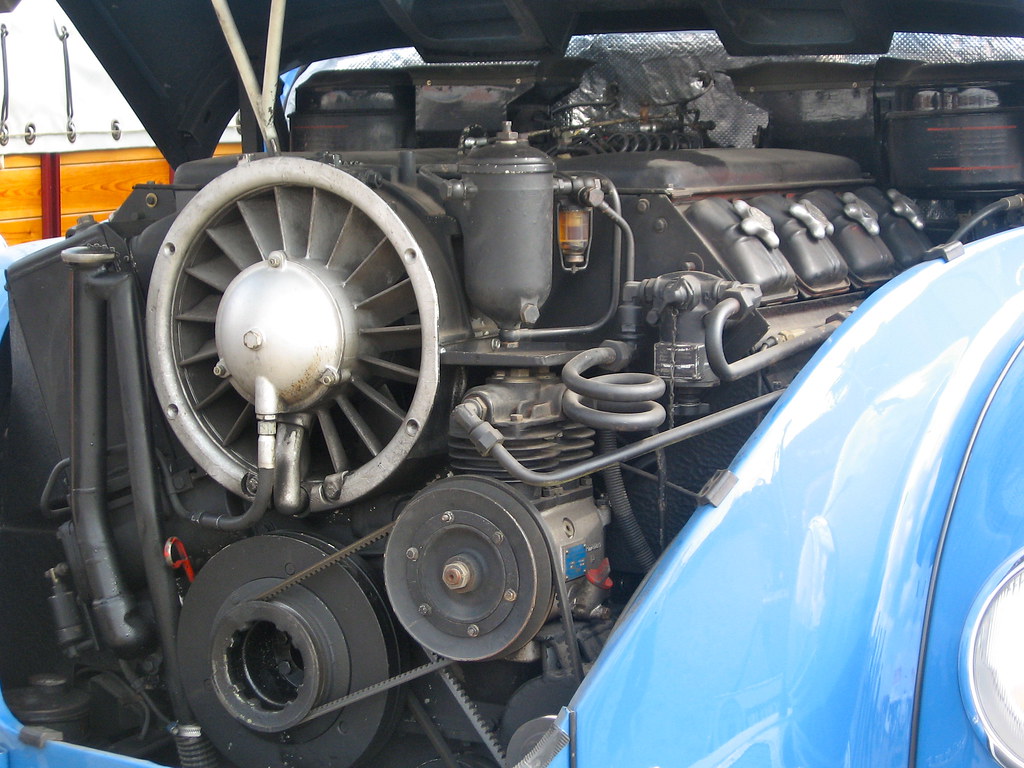
11. **Unpacking Cylinder Layouts: More Than Just the Block**Many enthusiasts ponder whether different engine types—Vee, flat/boxer, or inline—inherently possess their own distinctive sounds purely due to their configuration. The answer, perhaps surprisingly, is “not exactly,” at least not in isolation. As Steve Balistreri explains, if you were to place a V6, an inline 6, and a flat 6 on a dyno without any headers, they would essentially sound the same. The critical factor is whether the exhaust pulses exit the cylinder heads at the same frequency and travel an identical path to your ears. In such a controlled, idealized environment, you wouldn’t be able to discern one from the other.
However, the real world is far more complex and captivating. In practical applications, the exhaust pulses from each cylinder don’t take the exact same path to the listener’s ear. They must navigate through intricate manifolds and then into the full exhaust system. Due to pragmatic considerations like cost, packaging constraints, and vehicle design, different engine configurations necessitate specific exhaust manifold styles. And these manifold designs, as it turns out, exert an absolutely massive influence on the resulting sound.
Consider the legendary ‘Subaru burble,’ a sound instantly identifiable to any car enthusiast. This distinctive acoustic signature isn’t born from some inherent ‘flat-four’ characteristic; rather, it typically arises because the turbocharger is often mounted on the passenger side of the engine. Consequently, the exhaust pulses from the driver’s side cylinders must travel a longer distance to reach the turbo compared to those from the passenger side. This creates an ‘unequal length manifold.’ The increased travel time means the pulses no longer arrive at the tailpipe at perfectly evenly spaced intervals, fundamentally altering the frequencies you hear. Indeed, tales abound on the internet of Subaru owners installing equal-length headers for performance gains, only to find their beloved burbly Subaru now sounds disappointingly similar to a ‘regular inline four.’
This phenomenon is vividly demonstrated in simulations. A comparison of a 3.5L Toyota 2GR-FE V6, a 2.8L BMW M52B28 I6, and a 3.0 EZ30 Subaru flat 6—first without an exhaust system—shows their primary frequencies aligning almost identically at 3rd, 6th, and 9th order. There’s a subtle spike for the V6 at 1.5th order, but this only appears at higher RPMs (over 5000 RPM) when a VTEC-style system engages. Below that threshold, their frequency plots are strikingly similar. However, re-introducing the exhaust systems in the simulator dramatically alters the landscape. While the core 3rd, 6th, and 9th order frequencies persist, a multitude of new harmonics emerge across the spectrum. The V6, for instance, shows spikes at nearly every half-order from first to tenth, a testament to its unique exhaust path. The non-turbo Subaru flat 6, even without the extreme unequal length exhaust, displays peaks in multiples of 1.5, with its strongest at the firing frequency harmonics. The BMW I6 primarily maintains its firing frequencies but gains sidebands at 2.5th and 3.5th order. These distinct patterns, even more apparent in the detailed color maps, unequivocally reveal how manifolds and exhaust designs sculpt the unique sound signature of each engine, showcasing that the ‘character’ is as much about the plumbing as it is about the cylinders themselves.
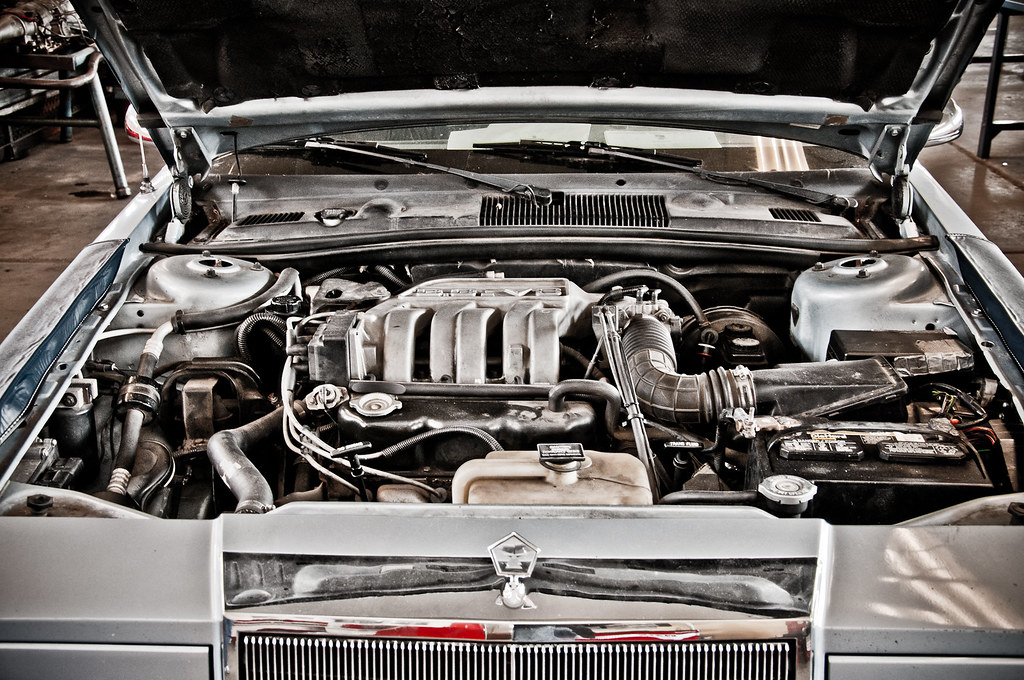
12. **The Magic of Harmonics: Adding Character to the Chord**At this point, you might be pondering, in your most discerning voice, “But what’s the deal with all these harmonics? I understand that four pulses per revolution in a V8 will create a 4th order noise, but where do the 8th and 12th order noises come from? There are only four pulses; I don’t see any obvious multiples there!” This is an absolutely excellent point, and it touches upon a profound phenomenon that permeates everything from electrical power systems to the very fabric of music and physics. The simple truth is, ‘pure tones’—perfect sine waves that generate only a single frequency—are akin to honest politicians: they simply don’t exist in the real world.
Even tuning forks, often held up as the gold standard for producing singular tones, inherently possess harmonics; they are merely much quieter compared to the primary, dominant frequency. Any deviation from that idealized, perfect sine wave is a direct consequence of additional frequencies being woven into the sonic tapestry. Harmonics are truly ubiquitous, and they are the unsung heroes that imbue a sound with its unique color, texture, and timbre. They are the fundamental reason why you can effortlessly distinguish between different musical instruments, even when they are playing precisely the same note.
Consider the visual representation of a middle A musical note played by a tuning fork, a flute, a violin, and a singer. The pressure waves recorded (on the left) look wildly different, especially for the violin and singer, which appear almost frantically drawn. Yet, the overall wavelength – the consistent spacing between the major peaks and troughs – remains identical across all instruments, which is why the 440 Hz peak is the first and strongest in their respective frequency spectrums (on the right). However, all those subtle ‘nooks and crevices’ within the complex waveforms are what generate the rich ‘rainbow’ of harmonics, gifting each instrument its utterly distinctive character. The world of math and physics is a wonderfully messy place, and it’s in this beautiful mess that true artistry of sound emerges. The very sound of a violin, for example, is not just the vibrating string; it’s the complex interplay of modes of the string, the resonances of the neck and wooden body, and even the air cavity inside. This intricate dance of vibrations, perfected over hundreds of years, is entirely due to harmonics, transforming simple friction into a sound that can stir the soul.
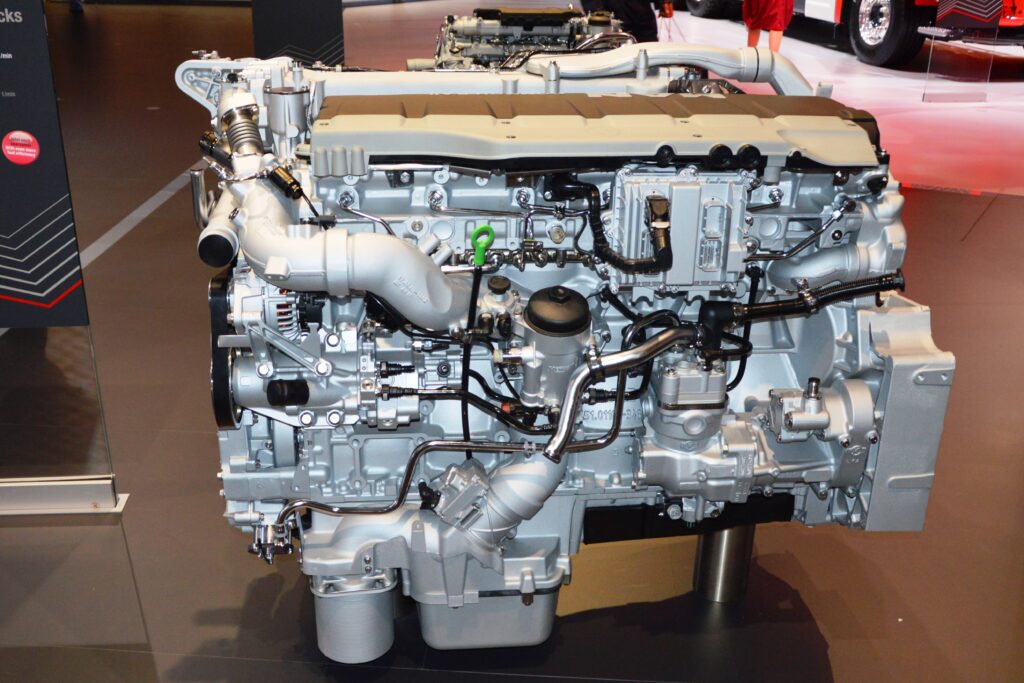
13. **The Orchestration of Sound: From Pulses to Personality**Now, let’s tie this back directly to the magnificent V8 and the other engines we adore. When we examine the pressure pulses within an exhaust system, it becomes abundantly clear that they are far from being perfect, pristine sine waves. Instead, they resemble something closer to a jagged square wave, a testament to the raw, visceral process unfolding within the engine. This ‘messy’ process is where the magic truly happens.
Think about it: your exhaust valve or valves spring open with incredible speed, the piston forcefully ‘yeets’—an utterly fantastic word, by the way—the spent exhaust gas through the cylinder head, and then those valves slam shut with an authoritative thud. Each of these violent, rapid events generates ripples, perturbations, and sudden pressure changes within the exhaust stream. It’s these countless, intricate ripples that are the architects of the harmonics, building upon the fundamental root note established by the engine’s firing order.
Therefore, the legendary V8 sound, or indeed the distinctive growl of any cherished engine, is not merely the sum of its primary exhaust pulses. It is an exquisitely complex orchestration, a symphony where the fundamental ‘root note’ provides the foundation, but the rich, layered tapestry of harmonics adds all the texture, warmth, grit, and exhilarating personality. These harmonics are the subtle nuances, the overtones that transform a simple series of pressure waves into an emotional, unforgettable acoustic experience—the very soul of the machine expressed through its vibro-acoustic artistry.
Read more about: The Engineering Paradox: Why Porsche is Rethinking “Fake” Gear Shifts for its Next-Gen EVs, from Skepticism to Sophisticated Simulation
As we’ve journeyed through the intricate world of engine acoustics, from the foundational physics of orders and frequencies to the transformative power of harmonics and exhaust manifold designs, it becomes clear that the roar, burble, or wail of an engine is far more than just mechanical noise. It is a carefully crafted, often accidental, masterpiece of engineering and physics, capable of stirring deep emotions within us gearheads. It’s a language understood universally by those who love automobiles, a testament to the ingenuity that turns metal and plastic into something with genuine soul. So, the next time you hear that familiar rumble, remember the complex science behind every single note, and appreciate the dying art of these magnificent V8s that will increasingly become ‘gone but not forgotten’ from our new car lots.



